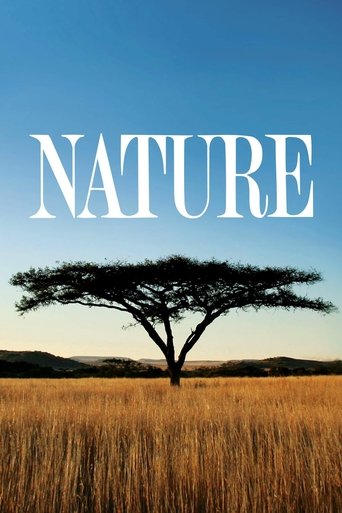
Nature (1982)
Consistently stunning documentaries transport viewers to far-flung locations ranging from the torrid African plains to the chilly splendours of icy Antarctica. The show's primary focus is on animals and ecosystems around the world. A comic book based on the show, meant to be used an as educational tool for kids, was briefly distributed to museums and schools at no cost in the mid-2000s.
-
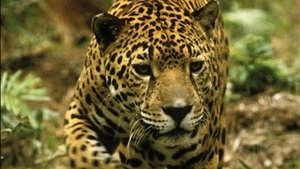
Episode 1 - Jaguar: Year of the Cat
Release Date: 1995-10-08"Jaguar: Year of the Cat" follows the predator in its native rain forests of Belize. Included: a pair stalk turtles, peccaries and armadillos; scenes of the habits of their animal neighbors, including toucans and ocelots.
-
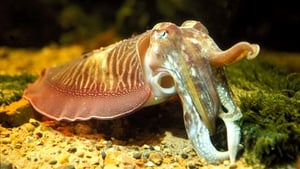
Episode 2 - Incredible Suckers
Release Date: 1995-10-15NATURE takes you into the depths of the ocean to discover the most remarkable life still undiscovered on our planet that will certainly be found in the sea.
-

Episode 3 - Monkey in the Mirror
Release Date: 1995-11-05Considering the similarities between simian and human intelligence. Included: a chimpanzee demonstrating a sense of self, as he recognizes his own reflection; how certain chimps can use tools; a chimp species that has recreational sex.
-
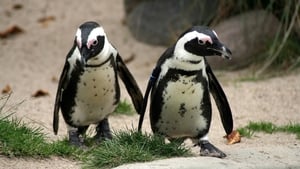
Episode 4 - The World of Penguins
Release Date: 1995-12-03Travel to "The World of Penguins” to discover the great variety of these aquatic birds.
-

Episode 5 - Castaways of Sulawesi
Release Date: 1995-12-17Exploring the Indonesian island of Sulawesi, formed when Asia and Australia separated, which combines elements of both continents. Included: crested black macaques; a reticulated python; the babirusa ("pig-deer"); red-knobbed hornbills; fruit bats.
-

Episode 6 - Hunters of the Sea Wind
Release Date: 1996-01-14Following the "Hunters of the Sea Wind," predators that stalk a Pacific current for the thousands of fish it carries. Included: dolphins; yellowfin tuna; blue marlins; lantern fish; and sailfish. Also: tuna fishermen releasing dolphins from their nets.
-

Episode 7 - Parrots: Look Who's Talking
Release Date: 1996-02-04A look at parrots, birds with a playful nature and remarkable mimicry skills that have endeared them to pet owners worldwide. Included: the largest parrot species, the hyacinth macaw; scarlet macaws, white cockatoos and monk parakeets.
-

Episode 8 - Alien Empire: Hardware & Replicators
Release Date: 1996-02-11"Alien Empire," a three-part exploration of the world of insects, begins with survival methods used by many species. Included: how exoskeletons provide protection and can be used offensively; unusual reproductive habits of mayflies and wasps.
-

Episode 9 - Alien Empire: Battlezone & Metropolis
Release Date: 1996-02-12Part 2 of "Alien Empire" delves into the violence and communal living that are at the core of insect life. Included: cockroach and butterfly eating techniques; highly effective termite killers called "assassin bugs."
-

Episode 10 - Alien Empire: Voyagers and War of the Worlds
Release Date: 1996-02-13"Alien Empire" concludes with a look at how insects have spread and how humans have tried to combat that expansion. Included: crickets that have adapted to climatic extremes; the threat posed by gypsy-moth caterpillars.
-
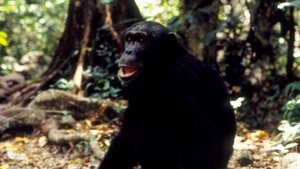
Episode 11 - Jane Goodall's Wild Chimpanzees
Release Date: 1996-03-03Jane Goodall introduces a program that charts a "sweeping family saga" as it plays out among chimps in Tanzania's Gombe National Park. Observed: how the younger offspring try to capture their mother's attention.
-
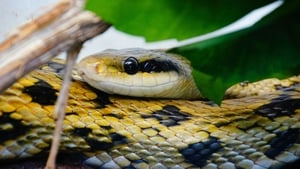
Episode 12 - Victims of Venom
Release Date: 1996-03-31A look at snakes, sea creatures and plants that employ venom, either as a defense mechanism or as a way to disable prey. Included: king and Siamese cobras; scorpions; rattlesnakes; and the Australian blue-ringed octopus.
-

Episode 13 - Call of Kakadu
Release Date: 1996-05-05Exploring the wildlife and terrain in the wilderness of Australia's Kakadu National Park, where years are divided between droughts and monsoons. Included: Gouldian finches, sulphur-crested cockatoos, magpie geese, dingoes and wallabies
-

Episode 14 - Monsoon
Release Date: 1996-05-12Tracing the monsoon season when India receives most of its rain. Included: how the rains avert droughts on most of the subcontinent, but also cause massive flooding. Observed: gharial crocodiles; weaverbirds; Indian elephants; one-horned rhinos; langurs.
